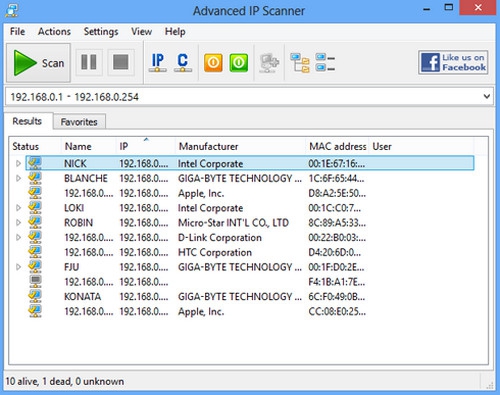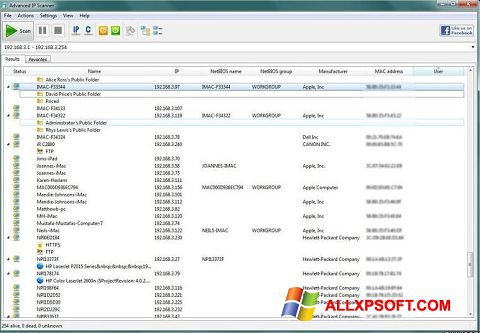
We just discovered the global IPv6 addresses of the hosts on our network. It will show the global IPv6 (the equivalent of a public IPv4) address. Ok, so that was fun-we just created a list of all the link layer addresses on our Ethernet segment. eth0 is the interface connected to the network (the -I flag is needed when pinging the multicast address). When we received these messages, their link-local (and MAC) addresses were added to our neighbor cache.

All the nodes that were listening sent back the ICMPv6 echo reply (type 129) message. Well, we sent an ICMPv6 echo request (type 128) message to the all-nodes multicast address. Folks on Windows Vista and Server 2008 can use the netsh command

Linux systems with iproute2 can use command On one of the Linux machines, we run the following command:Īnd, on this machine, the neighbor cache fills up with all the link local addresses of the other computers connected to the node. On our IPv6 test network, we are running a few Linux machines and an OS X laptop. Most newer operating systems have native IPv6 support, and many prefer IPv6 connections over IPv4 ones. It is so much like IPv4 that a lot of network gear supports IPv6 without any modifications. Essentially, IPv6 is a new protocol that is a lot like the currently deployed IPv4, but it has many more addresses (about 2^128 total). In this post, I'll prove that, while it won't work across the internet, ping sweeping on the local network is easier in IPv6 than in IPv4.īefore we go further, if you don't know what IPv6 is, read this Wikipedia entry.

Ping sweeping can lead to port scanning, so this misconception is viewed as a security feature. We've noticed a misconception about IPv6 that is popular on the internet: that IPv6 addresses are hard to ping sweep because there are so many possible addresses.


 0 kommentar(er)
0 kommentar(er)
